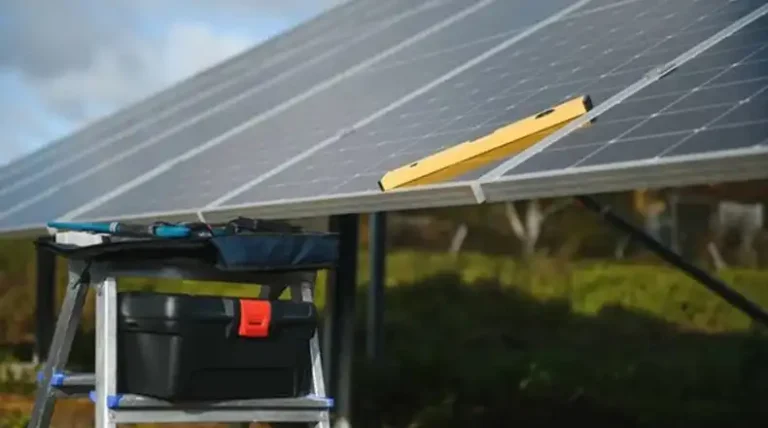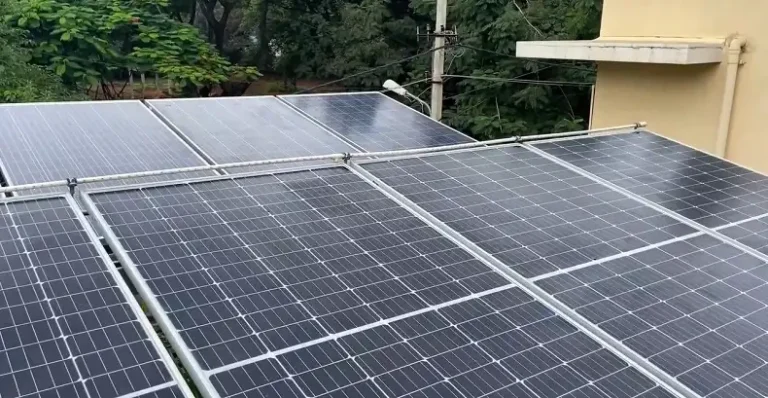Why Are My Solar Panels Not Saving Me Money? 7+ Reasons Explained
Installing solar panels in your home can be an excellent way to reduce your electricity bills and do your part for the environment. However, some homeowners find that after going through the process of purchasing and installing solar panels, they are not seeing the level of savings they expected. If you’re facing the same, we’re on the same ride!
Savings from solar panels depend on several factors like system size, electricity usage, electricity rates, solar incentive programs, and more. Careful analysis of these factors before installation and monitoring your system’s production versus consumption are key to maximizing savings over time.
I also have faced the same issue with my solar panels and, fortunately, I have fixed the issue successfully by following some tricks. In this article, I will share the tricks and explore the possible causes that may be responsible for your panels’ failure to save you money. Let’s dive in!
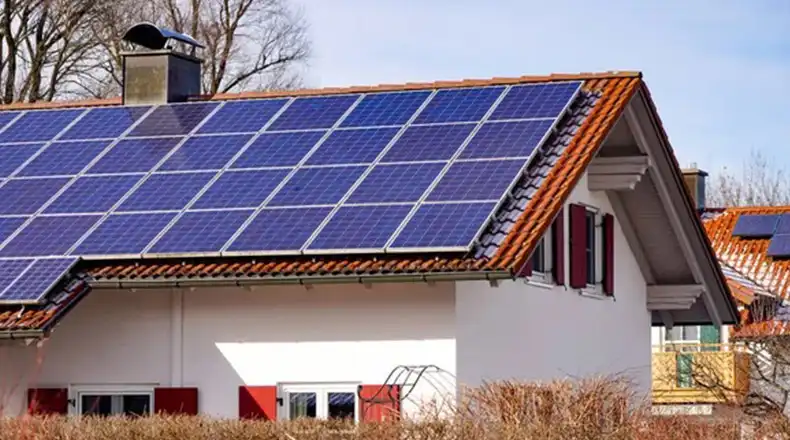
1. The System Size May Be Too Small
The first cause that I have found is the system size. My solar system was too small to meet my electricity needs. Properly sizing a solar panel system means balancing the home’s past and expected future energy use with the production capacity and physical space available for panels. Some key factors related to system sizing include:
- Average Monthly Electricity Usage – A system needs to be sized to match your home’s specific energy needs. Review 12 months of electric bills to analyze your average monthly usage. Ensure you account for future increases in energy needs from electric vehicles, home additions, etc.
- Solar Panel System Production – The production capacity depends on the number and wattage of solar panels installed. A typical 5 kW system with standard panels may produce around 6,500 kWh per year in ideal conditions. Use PVWatts to estimate your specific production.
- Available Roof Space – The physical area you have available to install panels will limit the system size. Carefully measure your usable roof space and discuss panel spacing with installers.
- Budget – Larger systems cost more upfront but harvest more energy. Make sure your budget aligns with an appropriately sized system.
Ideally, your solar panel system’s annual production should equal or exceed your home’s annual electricity usage. If production falls far short of your usage, savings will be limited. Consider adding more panels if space allows.
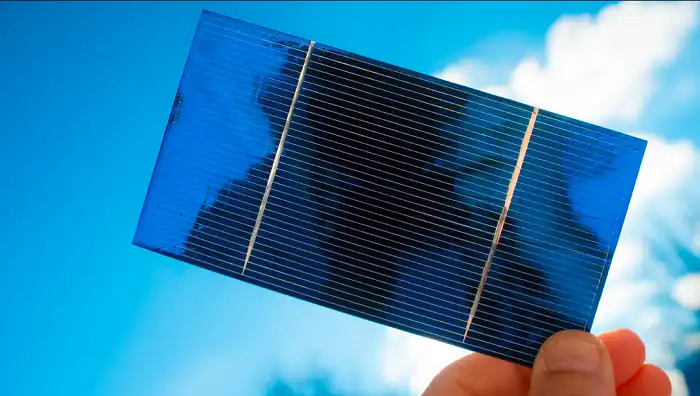
2. Net Metering Policies Have Changed
After upgrading my solar panel system according to my energy needs, I still have not seen the full benefits of my investment. It was due to the changes in net metering policies.
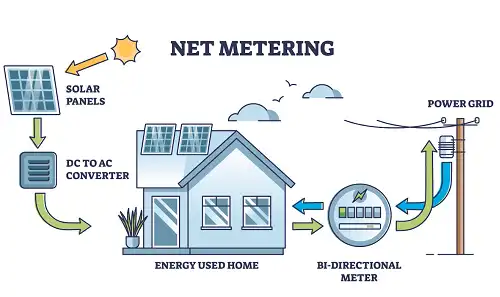
Most solar owners rely on net metering programs to maximize savings from their systems. Net metering allows you to export excess solar energy back to the grid and receive credits on your energy bill, offsetting power drawn from the grid at night.
However, utilities across the country are making net metering programs less favorable for solar owners, reducing bill credit rates and adding new fees. For example, some utilities now only pay the wholesale rate (3-4 cents/kWh) for net excess generation instead of the retail rate (10-20 cents/kWh).
These policy shifts mean you may not receive as much value from your exported solar energy. Carefully review the details of net metering programs offered by your utility. Understand that exports may not offset imported power 1:1 like before. If your state has enacted anti-solar policies, your savings projections will need to be re-evaluated.
Consider adding battery storage so you can store solar energy for use in the evening rather than exporting excess at low value. Energy efficiency upgrades may also help align production and usage.
3. Energy Use and Solar Production Are Mismatched
To maximize savings, your solar energy production on a given day should closely match your home’s energy consumption that same day. But often, a home’s energy use is higher in the evening after solar production has dropped off. Similarly, peak solar production at noon may exceed a home’s midday energy needs.
This mismatch between solar production and energy use throughout the day can limit savings in a couple of main ways:
- Exports Wasted – If solar production peaks at noon but little energy is needed in the home at that time, much of that excess solar energy will be exported to the grid at a low value rather than directly offsetting contemporary usage.
- Peak Rates – Times of peak energy usage in the evening often correspond with high pricing from utilities. Solar cannot offset these expensive evening rates if the panels are not actively producing at that time.
Ideally, solar production would align with your home’s usage profile throughout the day. Here are some tips to better sync up production and usage:
- Shift discretionary electricity usage to daytime when possible – run dishwasher at noon, charge EVs at midday, etc.
- Use batteries to store excess midday solar generation for evening use rather than exporting to the grid.
- Upgrade to energy-efficient lighting and appliances to reduce evening energy needs.
- Use smart home technology to control major loads relative to solar generation.
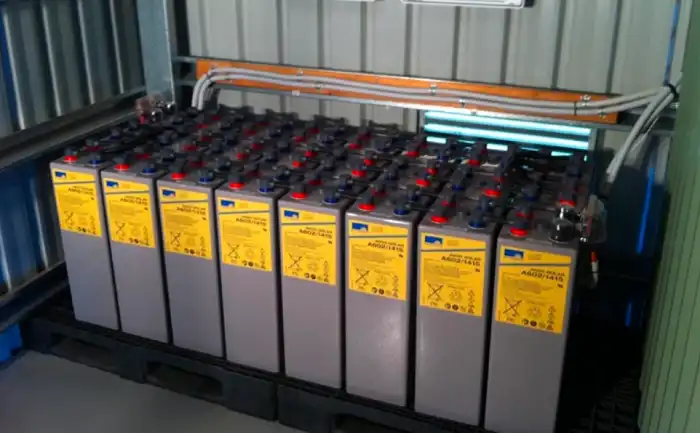
4. Inverters May Be Underperforming
The inverter is the essential device that converts the DC electricity generated by solar panels into usable AC power for your home. Problems with inverters are one of the most common solar system performance issues. Some key inverter problems include:
- Age/Wear – Inverters can degrade over time leading to lowered efficiency and production. Check your inverter warranty to see if a replacement is needed.
- Improper Sizing – If the inverter is undersized, it will limit the system from delivering full output.
- Connectivity Issues – Disconnections and wireless communication failures can prevent remote monitoring and optimal performance.
- Overheating – Excess heat causes inverters to underperform or shut down. Ensure proper shade and ventilation.
- DC Imbalance – Uneven power output from solar panels can overload the inverter.
Have your solar installer thoroughly test the inverter. Replace older units approaching the end of their usable lifespan. Correct any sizing, ventilation, or connectivity issues to restore optimal inverter function.
5. Problems with System Monitoring and Optimization
To truly maximize savings over time, solar panel systems should be actively monitored and optimized on an ongoing basis. Unfortunately, many systems are “set and forget” with little attention after the initial installation.
Without regular check-ins and performance analysis, developing problems can go undetected, costing you savings month after month. Here are some key monitoring and optimization steps that should be followed:
- Production Monitoring – Track energy production data daily to confirm the system is generating as expected. Sudden drops can indicate issues.
- Inspection & Maintenance – Have a professional inspection and cleaning yearly to identify potential equipment faults early.
- Performance Analysis – Analyze long-term production data and compare it to hourly household consumption to find optimization opportunities.
- Updating System Parameters – Use monitoring insights to tweak inverter settings, panel angles, etc. to improve performance.
- Shading Analysis – As trees grow and new obstructions appear, re-analyze shading impacts and adjust panels as needed.
Ongoing performance monitoring and minor adjustments are essential to maximize long-term solar panel savings. Taking a hands-off approach often leads to suboptimal production and cost savings over time.
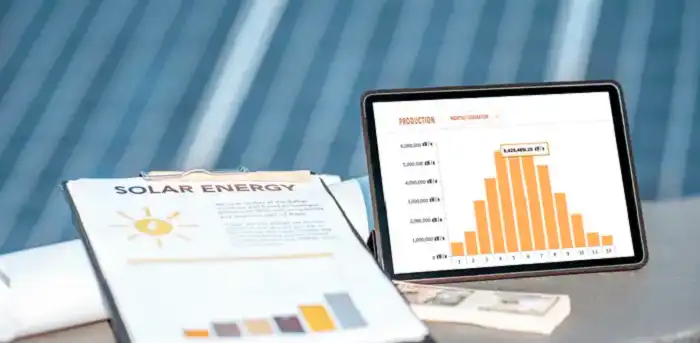
6. Electricity Rates and Incentives Are Changing
When initially evaluating the investment in solar panels, you likely based savings projections on the current electricity rates offered by your utility and state/federal incentive programs.
However, over the 20-30 year lifespan of a solar system, rates and incentive structures often change significantly. If electricity rates decrease or net metering incentives are reduced, your long-term savings will be lower than initially predicted.
Likewise, the expiration of federal tax credits and changes to state/local rebate programs can alter the solar value proposition. Be aware that policy and rate structures are variable – reformulate savings estimates periodically to account for the latest developments.
Consider adding battery storage to maximize the use of solar energy on-site rather than relying on export incentives which may shift over time.
7. Poor Panel Orientation and Shading
To perform optimally, solar panels should be pointed directly towards the mid-day sun with no obstructions shading the array. In some installations, suboptimal roof orientation and shading from trees or other buildings can significantly limit production.
If your panels are flat on the roof or angled away from the true south, the output can suffer. Likewise, even minor amounts of shading from chimneys, vents, or branches can drastically cut panel output due to interconnected strings.
Carefully inspect your panels for any slight shading issues throughout the year as the sun’s path shifts. Use a professional solar shading analysis tool if needed. Mitigate shading by pruning trees or repositioning affected panels.
To resolve orientation issues, consider using tilt mounts to better angle panels or moving panels to a different roof face if feasible. Optimizing for year-round sunlight exposure ensures maximum production.
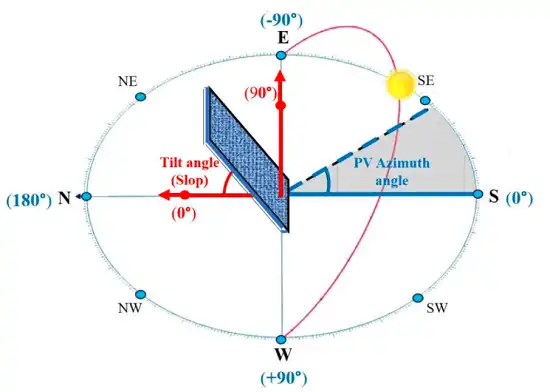
8. Issues with Panel Maintenance and Performance
Beyond orientation and shading, it is important to properly maintain your solar panels and monitor their performance for developing issues. Panels can accrue dirt and dust over time or be impacted by environmental factors that reduce their productivity:
- Soiling – Dirt, dust, bird droppings, and other debris on panels can block sunlight. Schedule periodic professional cleanings.
- Weathering – Hail, storms, snow loads, etc can damage panels and wiring over time. Inspect after extreme weather.
- Hardware Issues – Loose connections, worn racking, and junction box failures can appear over decades of operation. Have an installer inspect hardware integrity.
- Panel Efficiency Loss – Gradual degradation over time lessens power output. Account for 0.5-1% annual efficiency loss.
Carefully cleaning panels, replacing defective wiring, and checking for damage are simple maintenance steps that can prevent solar savings from slipping away over time.
9. Home Energy Use Has Increased
When your solar panel system was first installed, its size was designed based on your home’s energy needs at that time. However, over time you may increase your home’s energy use without realizing it.
Adding devices, appliances, and electric vehicles can increase consumption faster than expected. Larger homes and additional residents can also drive up energy needs. If your household’s total energy appetite grows substantially, your existing solar system may no longer adequately offset usage.
Carefully monitor utility bills even after installing solar to identify any significant jumps in overall monthly energy consumption. Compare against historical usage at the time of solar system design.
If use has increased markedly, explore whether energy efficiency measures could reduce waste. If not, consider adding more panels to properly cover your home’s needs.
Conclusion
Installing a solar panel system is a major investment, so realizing the expected savings over the long term is essential. If your solar panels are underperforming and not cutting your power bills as much as anticipated, take the time to thoroughly diagnose what factors are limiting savings.
With a methodical review of system sizing, production trends, consumption patterns, equipment issues, and other variables, you can pinpoint the root causes. We hope this overview gives you a framework for troubleshooting lackluster solar panel savings. Let us know in the comments below if you have any other questions on maximizing solar system cost effectiveness! Thanks for reading.
FAQ
Why Do My Solar Panels Produce A Lot Of Power But My Bill Doesn’t Go Down?
If your solar panels are producing energy but your utility bill isn’t decreasing, common reasons are:
- You are being switched to a different, less favorable net metering policy
- The value of your solar energy exports has decreased
- Your overall energy usage has increased significantly over time
- There is a metering or billing error from the utility company
How Often Should I Get My Solar Panels Serviced?
It is recommended to have solar panels professionally inspected and serviced at least once per year. This yearly system checkup allows any developing problems with panels, wiring, inverters, etc. to be detected early before they substantially impact savings. Cleaning panels and optimizing their angle for seasonal sun positions are also regular maintenance steps.

